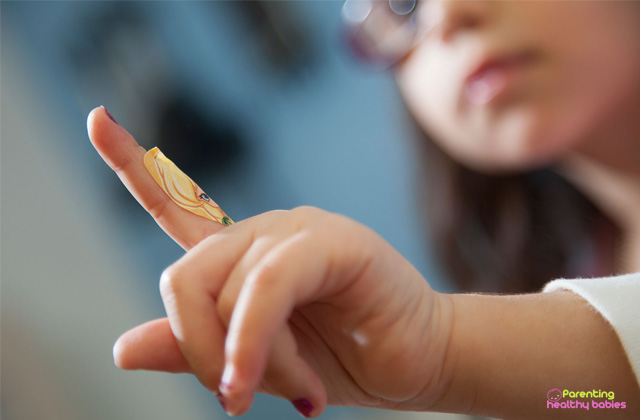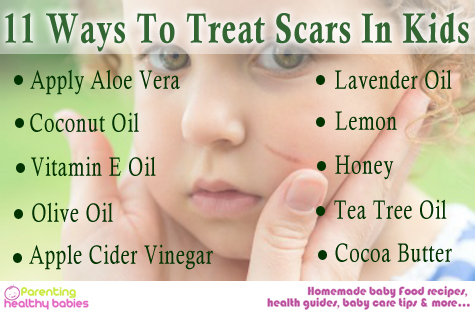Talking about arthritis in children first we should know about what arthritis actually is? it is disorder which affects joints and causing pain and stiffness. It features inflammation which means it causes redness, swelling, heat and pain to one or more joints.
According to the Centers for Disease Control and Prevention (CDC), “Arthritis is more common among adults aged 65 years or older, but people of all ages (including children) can be affected”.Nearly two-thirds of people with arthritis are younger than 65. It is more common among women (26%) than men (19%) in every age group.
Is it that arthritis get to old people only? No, children can also get arthritis just like adults.
Juvenile (meaning young) arthritis is the term used to describe arthritis in children aged 16 or younger in which there is inflammation of the joint. It is an autoimmune disease means the immune system that protects the body from foreign substances that attacks the body. No exact cause for this disease is known. Juvenile arthritis may be related to genetics or certain infections.
Symptoms and Remedies for Arthritis in Children
TYPES OF JUVENILE ARTHRITIS-
1.Juvenile rheumatoid arthritis- this type can affect few like five joints in the first six months of having the disease. The joints most commonly affected are the knee, ankle and wrist along with eye inflammation. This type of arthritis is more likely to develop in girls younger than 8 years of age than in boys and will continue with time they become adults. It is also called as Oligoarthritis. Therefore, this is the most common type.
2.Systemic juvenile arthritis- this type can affect the entire body or other systems of the body. This lead to high fever, loss of weight and causes rash on trunk, arms and legs. It also affect internal organs like heart, liver, spleen and lymph nodes. It is also callled as Still’s disease.
3.Juvenile idiopathic arthritis- this type can affect five to more joints in the first six months of having the disease. The joints most commonly affected are the jaw, neck and also the hands and feets, often the same joints on each side of the body. This is also more common in girls than in boys. It is also called as Polyarthritis. Therefore, this is the second most common type.
4.Psoriatic arthritis-this type can affect children having both arthritis and skin disorder in which rashs occur. They develop pitted fingernails and toenails.
5.Enthesitis related arthritis-this type affects the places where the tendons attach to the bones known as entheses and causing inflammation. Other joints which are affected are of leg and spine. It is also associated with a red painful eye condition. There may be a family history of arthritis of the back called as ankylosing spondylitis.
SIGNS AND SYMPTOMS-
- Joint becomes stiff usually in the morning. No joint movement can be done due to stiffness.
- Pain in the joints after waking up in the morning. Joints of knees, hands, feet may be painful.
- Swelling and redness develops around these painful joints which feels hot or warm to touch due to inflammation. Around neck there is swelling of lymph node seen. Sometimes, the swelling spread and affect internal organs like heart, liver, spleen.
- Limping occurs in younger children which means that the child is not able to perform the skills which has been learned recently.
- High fever is frequent which may disappear after a short time.
- Light pink colour rash develops on skin most commonly of chest, abdomen, back, hands and feet.
- Growth related problems occur in which joints may grow too fast or too slow unevenly or to one side like one leg or arm longer than the other.
- Weight loss can be seen.
- Eye problems like redness, pain or blurred vision due to inflammation. If not treated can damage eyes and cause serious eye related problems.
RISKS– although the cause for juvenile arthritis is unknown so it is called as an autoimmune disorder. There is research that suggests some genetic and environmental factors influence risk of juvenile arthritis.
DIAGNOSIS– child start showing symptoms before the age of 16 or 17 years old. Juvenile arthritis is difficult to diagnose just as in adults beacuse sometimes the child may not complain about the pain. Doctors perform physical examinations with blood tests and scan. Also by looking at family history.
TREATMENT- there is no cure for this but early diagnosis and proper treatment can make it possible. The treatment is a combination of medication, physical activity,eye care to relieve inflammation, control pain and swelling.
Medications –
- Nonsteriodal anti-inflammatory drugs(NSAID)- in this category medicines used are ibuprofen, diclofenac and naproxen which are of first choice to reduce pain, stiffness and swelling. Never prefer aspirin because it causes side effects.
- Disease modifying anti rheumatic drugs(DMARD)- in this category medicine used is methotrexate which reduce inflammtion. They take weeks or months to provide relieve so given with NSAID.
- Corticosteroids –in this category medicine used is prednisone. They are used in severe cases and stop inflammation. These can be directly injected to viens and joints also as tablets.
- Analgesics –in this category painkillers like paracetomol is used which control the pain of athritis.
- Eye drops- these are used to reduce eye inflammation.
Surgery –in severe cases surgery must be done to improve the joint.
Physical therapy- this involves exercises that strengthen the muscles around the affected joint. It helps keep muscles strong so that joint movement is possible. A physical therapist or an occupational therapist can be appointed to give excersie routine to the child to help keep joints flexible. They can also suggest joints supports or splints to protect the joints.
REMEDIES- children suffering from juvenile arthritis should exercise and manitain healthy and balanced diet.
1.Doing regular exercise is important beacuse it maintains muscle strength and makes joint flexible. Sweimming can be done beacuse it dont stress on joints.
2.Child may gain excess weight due to medications and can have poor appetites. So a healthy diet should be maintained for proper body weight. Proper amount of calcium in the diet is important to avoid weakness in bones.
3.A physical therapist can teach the child and provide knowledge about exercise.
4.Turmeric(haldi) is anti-inflammatory so can be used to reduce inflammation of joints.
5.Herbal remedies like plant ayurveda which are safe to use and are free from side effects for example ashwagandha capsules.
CONCLUSION
Many early symptoms of juvenile arthritis could be mistaken for other diseases so its important for parents to get a proper examination and diagnosis from doctor. Diagnosis by doctor can determine the cause of symptoms and suggest treatments. However, with proper treatment the child with juvenile arthritis can live normal lives. When it becomes more serious the chances of going into remission is difficult so early diagnosis is important with treatment to prevent form becoming more severe.
Hope this article was of help for all our parents!! Please share your comments/queries/tips with us and help us create a world full of Happy and Healthy Babies!!













